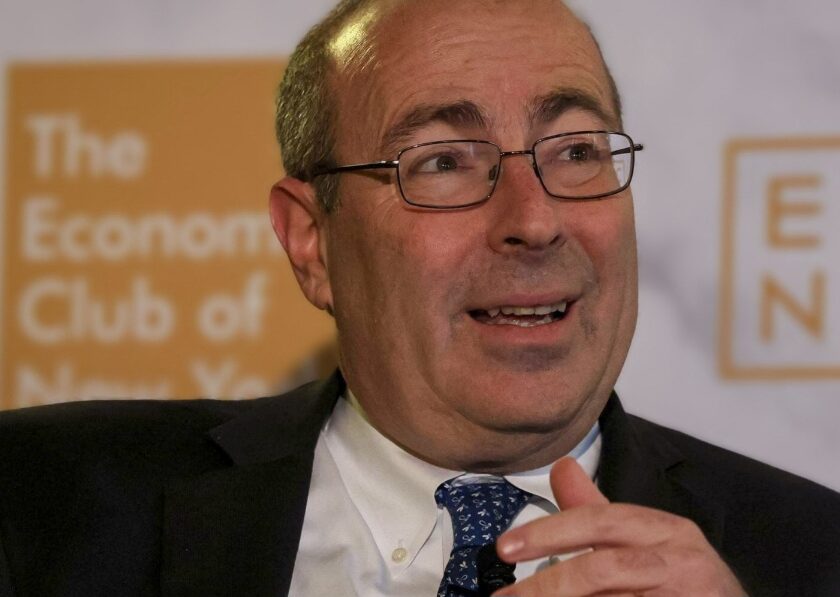Bitcoin miners are selling reserves since ETF approvals led to $1 bil. in BTC moves to exchanges. Main drivers include preparations for the Bitcoin halving, covering operation costs, and securing profits. Increased institutional involvement supports a positive outlook for miners.
Recently, Bitcoin miners have been selling their asset reserves or using them to upgrade their capacity due to increasing inflows to cryptocurrency exchanges. A report from Bitfinex Alpha Market indicates that Bitcoin ETF approvals by the US Securities and Exchange Commission (SEC) have had an impact on miners’ reserves. As per the report, miners’ asset reserves have decreased to 1.826 million, reaching the lowest level since June 2021, as miners held onto portions of their profits during the bearish season in 2022.
Record High Miner Outflows After ETF Approvals
On January 12, a day after the approval of ETFs, $1 billion worth of miner BTC was transferred to exchanges, resulting in a six-year high in miner outflows, as shown by data from on-chain analytics firm Glassnode. This happened as the price of Bitcoin fell close to 9% after the approval of various spot Bitcoin ETFs. Despite expectations of a reversal, numerous experts pointed to large inflows in Q4 2023 as reasons for a decline upon approval. Nonetheless, sizable weekly inflows have been witnessed across the market leader on the institutional side.
Net Bitcoin Outflows Noticed By Analysts
Based on reports from Bitfinex Alpha, the fall in BTC’s price seems to be caused by miners cashing in on the virtual currency’s recovery to gain earnings. Post-SEC’s authorization of spot Bitcoin ETFs, miners traded their reserve BTC, thereby lowering the miner BTC stockpiles to the least levels since June 2021 – now totaling 1.826 million BTC. Indicating the extent of Bitcoin retention by miners, the diminished number conveys a heightened readiness to distribute or employ assets as security measures.
Moreover, Bitfinex analysts detected a noteworthy 13,500 BTC shift from miner accounts to exchanges on February 1, establishing a fresh record for the largest negative outflow. Subsequent to those withdrawals, nearly 10,000 BTC returned to the market inside 24 hours, whittling down the final net outflow to 3,500 BTC post-authorization, making it 10,200 BTC overall. Such entries might stem from miners fine-tuning their stances just before critical happenings; rationales like operational liquidity, strategic maneuvering, and soaring Bitcoin rate in 2023 appear to justify these net outflows.
During the bearish phase, many miners experienced substantial financial losses, compelling some to dispose of mining gear, venture into alternative sectors, or utilize reserves to remain solvent. Nevertheless, the institutional entrance in 2023 ignited favorable price actions benefiting miners, erasing previous losses as they contemplated growth.
Flow of miners’ Bitcoin reserves to exchanges serves as an essential indicator because it reveals the quantity of BTC amassed by miners throughout a specific duration. Additionally, it demonstrates the present market situation, given that outflows to exchanges generally imply an intent to sell.
Upcoming Halving Affects Miners’ Decisions
The forthcoming Bitcoin halving influences the recent offloading of assets to exchanges, with miners attempting to secure additional funding to enhance their capacities and acquire updated hardware.
With the next Bitcoin halving event approaching in April 2024, Bitcoin miners are taking measures to adapt to the forthcoming decrease in revenue. Miners have started selling their existing holdings of BTC to invest in more efficient mining equipment, ensuring profitability post-halving. However, long-term holders remain confident in the currency’s growth potential and continue to hoard their coins.
Despite short-term adjustments within the miner community, prominent figures in the financial world express bullish sentiments regarding Bitcoin’s long-term prospects. For instance, Cathie Wood, ARK Invest’s CEO and CIO, believes that Bitcoin will eventually surpass gold in terms of overall worth. Dubbing Bitcoin ‘the digital gold,’ she highlights the cryptocurrency’s impressive performance relative to traditional safe havens like gold. According to Wood, Bitcoin can act as both a risk-off asset and a store of value, making it an attractive alternative to conventional investments.
Moreover, Bitcoin exhibits resilience during periods of economic instability, displaying a consistent pattern of rising values even as other markets falter. In particular, during the regional bank crisis earlier in 2023, Bitcoin soared by approximately 40%, contrasting sharply with the struggling regional bank index. As another banking sector crisis unfolds currently, Bitcoin appears to follow suit by climbing consistently—a feat Wood ascribes to the arrival of eleven spot Bitcoin ETFs entering the market. Consequently, Bitcoin now holds a position as a viable flight-to-safety option for concerned investors seeking shelter against mounting global uncertainties.
The recently approved spot Bitcoin ETFs fuel further confidence in Bitcoin’s growth story. Although early euphoria surrounding these ETFs led to temporary declines in Bitcoin’s price upon their release, experts expect them to bolster participation from institutions and retail investors alike. Substantial inflows resulting from simplified exposure to Bitcoin through ETFs should contribute positively towards the coin’s valuation moving forward.
Another factor pointing toward a bright outlook for Bitcoin comes from influential voices in the industry. Notably, Anthony Scaramucci, founder and managing partner of hedge fund SkyBridge, predicts that Bitcoin might skyrocket to $170,000 sometime in or beyond 2025. His projection rests on increasing interest in newly launched Bitcoin ETFs and the impact of the halving event due in April 2024. Should Bitcoin manage to sustain its present-day price levels around $45,000 until the halving, his estimate suggests a staggering rally to $170,000 per token. Overall, despite any immediate concerns sparked by the looming halving, various indicators point to a promising future for Bitcoin, underpinned by strong fundamentals and expanding utility across diverse sectors.




